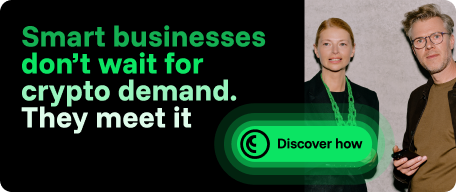Ethereum Devs Unveil 10-Year Blockchain Development Plan

The Ethereum Foundation published a ten-year roadmap focused on enhancing the blockchain’s resilience against quantum threats, simplifying its architecture, and increasing the throughput of the mainnet and Layer 2 protocols.
Justin Drake, one of Ethereum’s developers, shared the concept of Lean Ethereum in the official Ethereum Foundation blog. It’s a strategic development plan for the blockchain network over the next decade.
Lean Ethereum involves comprehensive changes across three core base-layer components of the blockchain:
- Lean Consensus (Beacon Chain 2.0), simplifying the consensus mechanism and improving its resilience;
- Lean Data, an updated Blobs 2.0 system using Data Availability Sampling (DAS) for more efficient data storage and distribution;
- Lean Execution, transition to EVM 2.0 based on a SNARK-friendly instruction set, including possible use of RISC-V architecture.
These changes will enable the network to operate in two targeted modes:
- “fort mode,” maximizing fault tolerance and protection against external threats;
- “beast mode,” scaling to 10,000 transactions per second on the mainnet and 1,000,000 TPS for L2 protocols.
A special emphasis within Lean Ethereum is placed on post-quantum security. The plan proposes replacing BLS signatures and KZG commitments with aggregated signatures, DAS commitments, and zkVM built on hash functions. This approach aims to safeguard the network from potential quantum computer attacks while maintaining optimal decentralization.
Lean Ethereum also targets reducing technical barriers for ecosystem participants. The developers envision that full network verification will become possible without powerful hardware; for example, on smartphones or hardware wallets. A minimalist modular architecture will ensure Ethereum’s long-term resilience, allowing the network to operate normally even amid large-scale attacks or technological crises.
Vitalik Buterin recently announced a major simplification of Ethereum’s mainnet architecture, including a switch to a new virtual machine and radical technical changes. Two major upgrades, Fusaka and Glamsterdam, are also planned for 2025.











